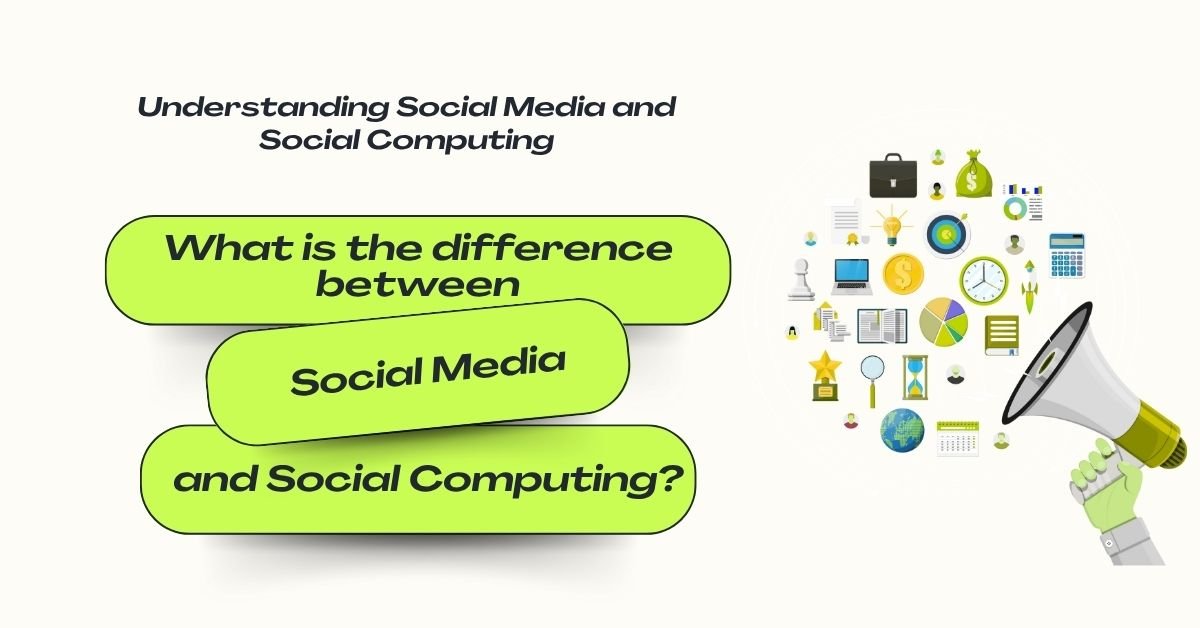
What is the difference between Social Media and Social Computing?
Last updated on August 27th, 2025 at 09:11 am
Social Media and Social Computing may sound similar, but they serve distinct roles. Social Media refers to platforms like Facebook, Instagram, or Twitter, where people connect, share content, and engage in conversations. It focuses on networking, personal expression, and entertainment. In contrast, Social Computing is a broader concept that uses technology to support collaboration, knowledge sharing, and problem-solving. It includes social networks, collaborative tools, and cloud platforms for productivity. Social Media builds social connections, while Social Computing drives collaboration and efficiency in both personal and professional spaces.
Understanding Social Media and Social Computing
Social media is all about connecting, sharing, and engaging. Platforms like Facebook, Twitter, and TikTok let users post content, interact with friends, and join communities.
It’s a space for socializing, entertainment, and self-expression, where content is often user-generated and shared for fun, information, or activism.
Social computing, however, is a broader concept. It refers to the use of digital technologies to enhance collaboration and problem-solving among people.
Think of tools like Google Docs, Slack, or Reddit, where users come together to work, share knowledge, and innovate. It’s less about casual interactions and more about leveraging technology for productivity, learning, and teamwork.
In essence, social media focuses on socializing and entertainment, while social computing involves using technology for more structured collaboration and problem-solving. Both, however, are built on the same foundation of digital connectivity.
What is the Relationship Between Social Media and Social Computing?
| Aspect | Social Media | Social Computing |
| Core Purpose | Social Media is designed for personal connections, content sharing, and entertainment. It helps people express themselves and engage with wider communities. | Social Computing focuses on collaboration, productivity, and innovation. It uses digital tools to connect teams, share knowledge, and solve problems effectively. |
| Examples | Platforms like Instagram, Facebook, and Twitter encourage conversations, networking, and content-driven engagement. | Tools such as Google Docs, Slack, and Microsoft Teams enable teamwork, brainstorming, and real-time knowledge exchange. |
| User Motivation | People use Social Media for self-expression, entertainment, updates, and building digital presence. | Users adopt Social Computing for efficiency, collaboration, task management, and co-creation of ideas. |
| Overlap | Social Media platforms often add collaborative elements such as Facebook Groups or Twitter threads, where discussions move beyond casual engagement. | Social Computing tools integrate social features like comments, reactions, or content sharing, blurring the lines with Social Media. |
| Outcome | Social Media strengthens social bonds and brand visibility in personal and professional spheres. | Social Computing drives team productivity, digital collaboration, and innovation in workplaces. |
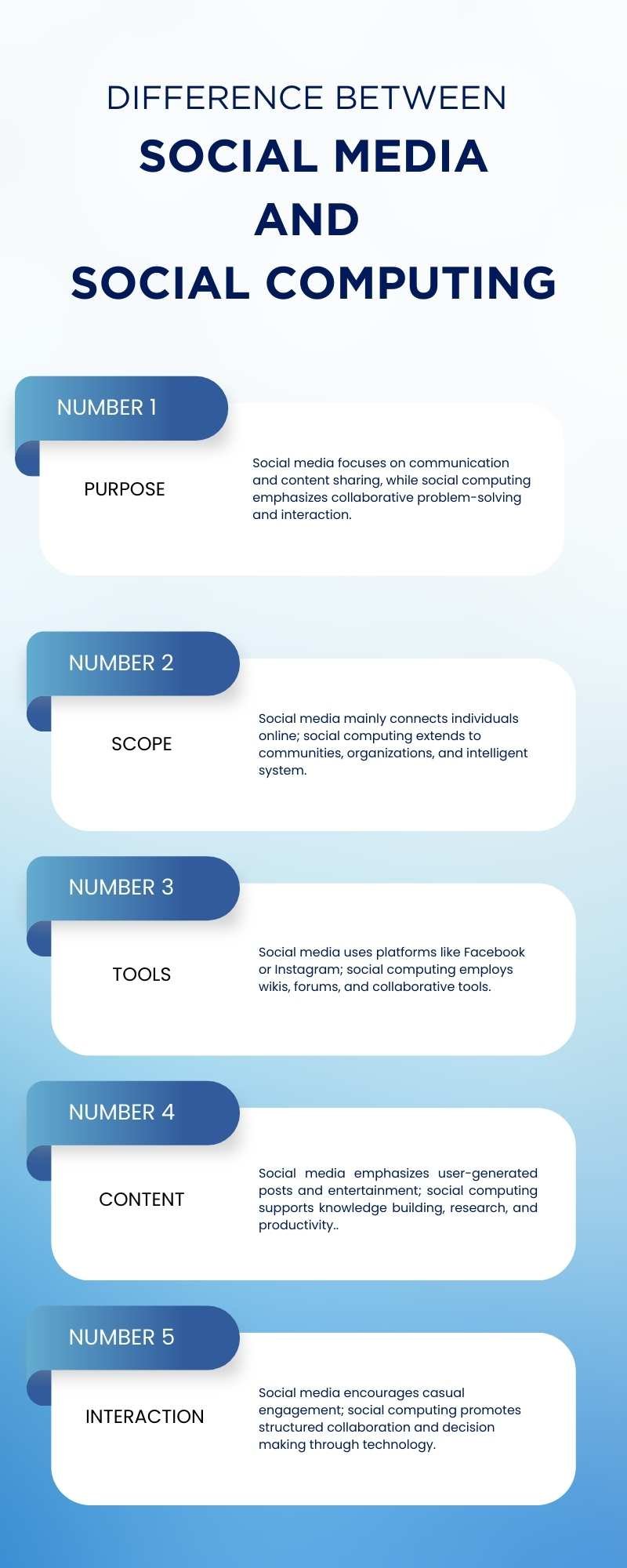
Current Trends in Social Media and Social Computing
In today’s digital world, both social media and social computing are evolving rapidly. On the social media front, short-form video content (like TikTok and Instagram Reels) dominates, with users preferring quick, engaging, and visually appealing posts.
Live streaming is another trend, allowing real-time interaction between brands, influencers, and followers. Social commerce is also booming, blending shopping with social engagement on platforms like Instagram and Facebook.
Meanwhile, social computing is shifting towards collaborative workspaces, with tools like Slack, Notion, and Microsoft Teams becoming essential for remote teams. The rise of AI-powered collaboration tools is enhancing productivity, allowing for seamless teamwork, even across borders.
Both realms are also embracing augmented reality (AR) and virtual reality (VR), creating immersive experiences for users, whether for socializing, gaming, or professional collaboration.
These trends reflect how interconnected and dynamic our digital lives are becoming.
Impacts of Social Media on Social Computing
Social media has significantly shaped the landscape of social computing by pushing the boundaries of how we collaborate and interact online.
The instant connectivity of platforms like Facebook and Twitter has fuelled the growth of real-time communication tools in social computing, encouraging faster decision-making and more fluid collaboration.
Social media’s user-centric design has influenced the development of collaborative platforms, making them more interactive and personalized.
Additionally, social media’s emphasis on community-building has inspired social computing tools to integrate social features like discussion forums, sharing, and comments.
These features help foster collaboration in a more engaged and dynamic manner, both in professional and educational settings.
The rise of social media influencers and crowdsourcing has also introduced new ways of collective intelligence, enabling social computing platforms to tap into vast networks of user-generated content for problem-solving and innovation.
Social media’s influence is transforming how we connect, work, and create online.
How Social Computing Influences Social Media Usage?
Social computing has significantly reshaped social media usage by enhancing collaboration and interaction.
Tools developed for social computing, like shared workspaces and cloud-based platforms, have inspired social media platforms to integrate more interactive features, such as real-time collaboration and content sharing.
This has transformed social media into not just a space for personal expression, but also a hub for joint projects, crowdsourcing ideas, and professional networking.
The rise of AI-driven recommendations and collaborative content creation on platforms like YouTube and Instagram reflects social computing’s influence on social media.
Features like group chats, polls, and live discussions encourage more dynamic engagement, blurring the lines between work and play.
Social media now thrives on community-driven content and real-time interactions, creating a more interactive and productive space, thanks to the principles of social computing.
The Role of Data and Algorithms in Social Media and Social Computing
Data and algorithms are the driving forces behind both social media and social computing, shaping everything from user engagement to collaborative workflows.
On social media, algorithms analyse user behaviour likes, shares, and comments to deliver personalized content, making feeds more relevant and engaging.
Platforms like Facebook and Instagram rely on complex data systems to predict trends, target ads, and suggest connections, creating a highly customized user experience.
In social computing, data plays a crucial role in enhancing collaboration. AI-driven tools and machine learning algorithms help teams work smarter, from optimizing workflows to analysing collective input for better decision-making.
Whether it’s collaborative platforms like Google Docs or crowdsourcing on Reddit, data-driven insights are key to improving productivity and innovation.
In both realms, data and algorithms fuel personalization, engagement, and efficiency, creating a seamless blend of interaction and collaboration in the digital age.
Ethical Considerations in Social Media and Social Computing
As social media and social computing continue to shape our digital world, ethical concerns are becoming more critical.
Privacy is a major issue, with platforms collecting vast amounts of personal data, often without users’ full understanding or consent. Data security is another concern, as breaches can expose sensitive information.
On social media, the spread of misinformation and hate speech raises questions about content moderation and accountability. Platforms must strike a balance between free expression and ensuring a safe space for all users.
In social computing, ethical challenges include fairness in algorithms and how AI-driven tools might unintentionally perpetuate bias or exclude certain groups. Ensuring transparency in how these algorithms operate is vital.
Ultimately, as both realms evolve, businesses and users alike must prioritize responsibility, ensuring ethical practices in data handling, content moderation, and AI use to create a safer, more equitable digital ecosystem.
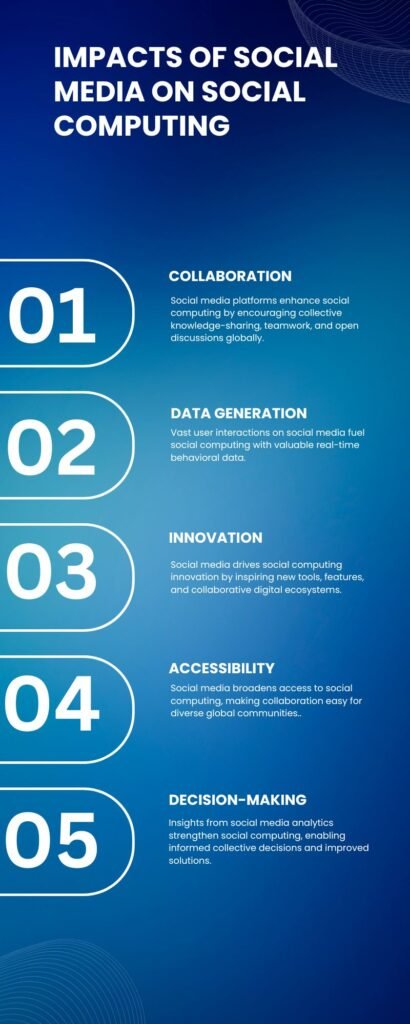
Future Predictions for Social Media and Social Computing
The future of social media and social computing is set to be exciting and transformative. Expect virtual reality (VR) and augmented reality (AR) to take centre stage, enhancing social interaction and collaboration in immersive ways.
Platforms will likely offer more personalized, AI-driven experiences, where algorithms predict and suggest content even more accurately than before.
In social computing, we’ll see smarter collaboration tools powered by artificial intelligence, think real-time translations, automated workflows, and highly intuitive interfaces.
The workplace will become more integrated, with hybrid teams relying on these tools for seamless, remote collaboration.
Blockchain could also revolutionize privacy, allowing users to control their own data in a secure, transparent way.
As both domains evolve, expect greater integration, where social media platforms and social computing tools work together to enhance productivity, engagement, and social impact. The future promises a more connected, efficient, and interactive digital world.
Case Studies: Successful Integration of Social Media and Social Computing
One standout example of successful integration is Slack. Originally designed as a collaboration tool, Slack has evolved into a platform where teams not only communicate but also share ideas, content, and even run community-driven initiatives.
By integrating social features like channels, reactions, and file sharing, Slack fosters a dynamic environment blending social interaction with productivity.
Another success story is LinkedIn, where social media and social computing converge for networking and career development.
Its features like job recommendations, content sharing, and skills endorsements make it more than just a networking platform; it’s a hub for professional collaboration and knowledge-sharing.
Lastly, Reddit blends social media with social computing by allowing users to post content, comment, and collaborate on a wide variety of topics.
The upvoting and downvoting systems ensure valuable content rises to the top, facilitating crowdsourced problem-solving and discussions.
Conclusion
The future of social media and social computing is a dynamic landscape, evolving rapidly as technology reshapes how we connect, collaborate, and create. While social media continues to drive personal interaction and content sharing, social computing is pushing boundaries in productivity, collaboration, and innovation. As AI, VR, and AR technologies integrate, these platforms will merge even more, offering personalized, immersive experiences.



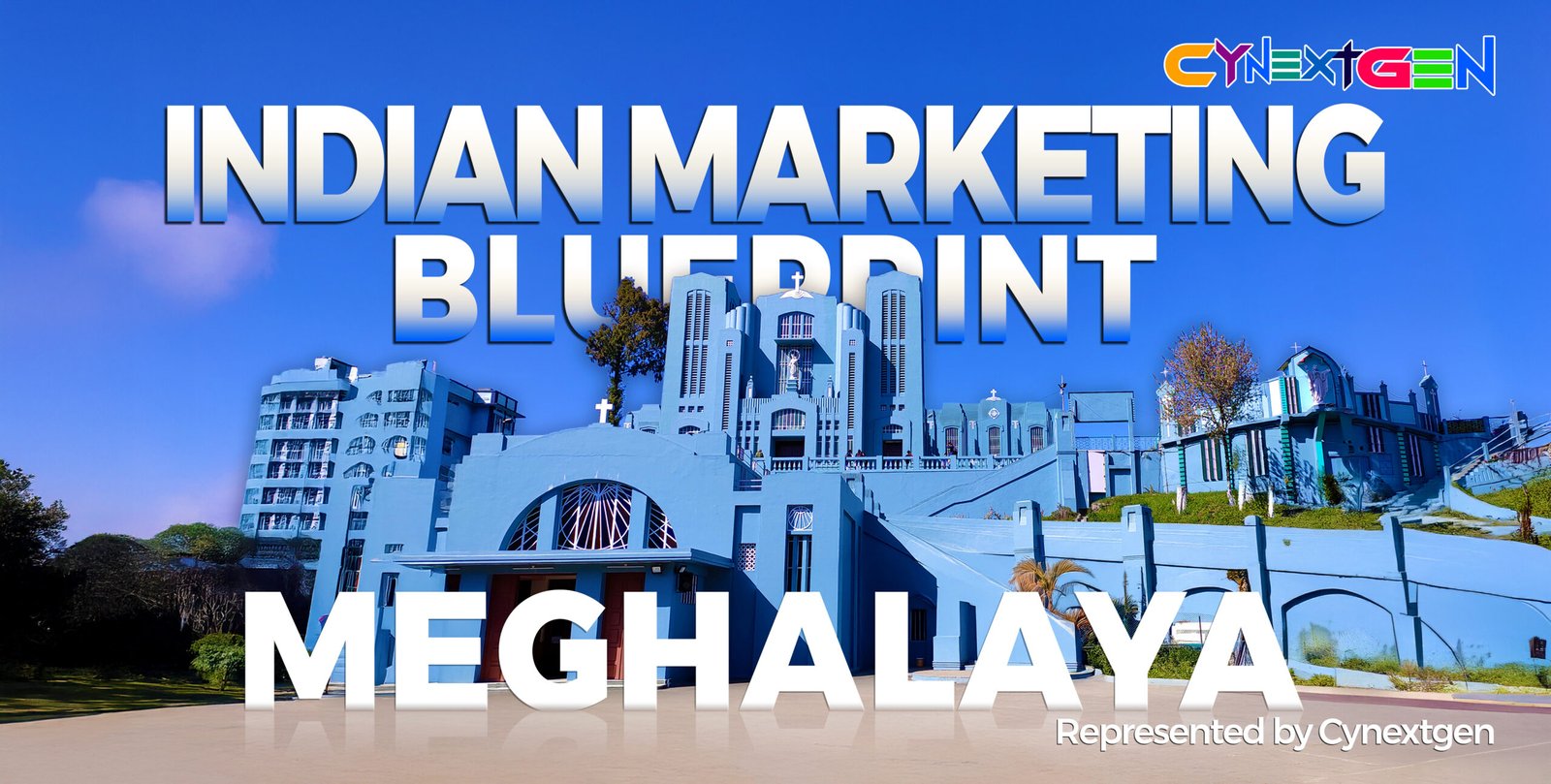
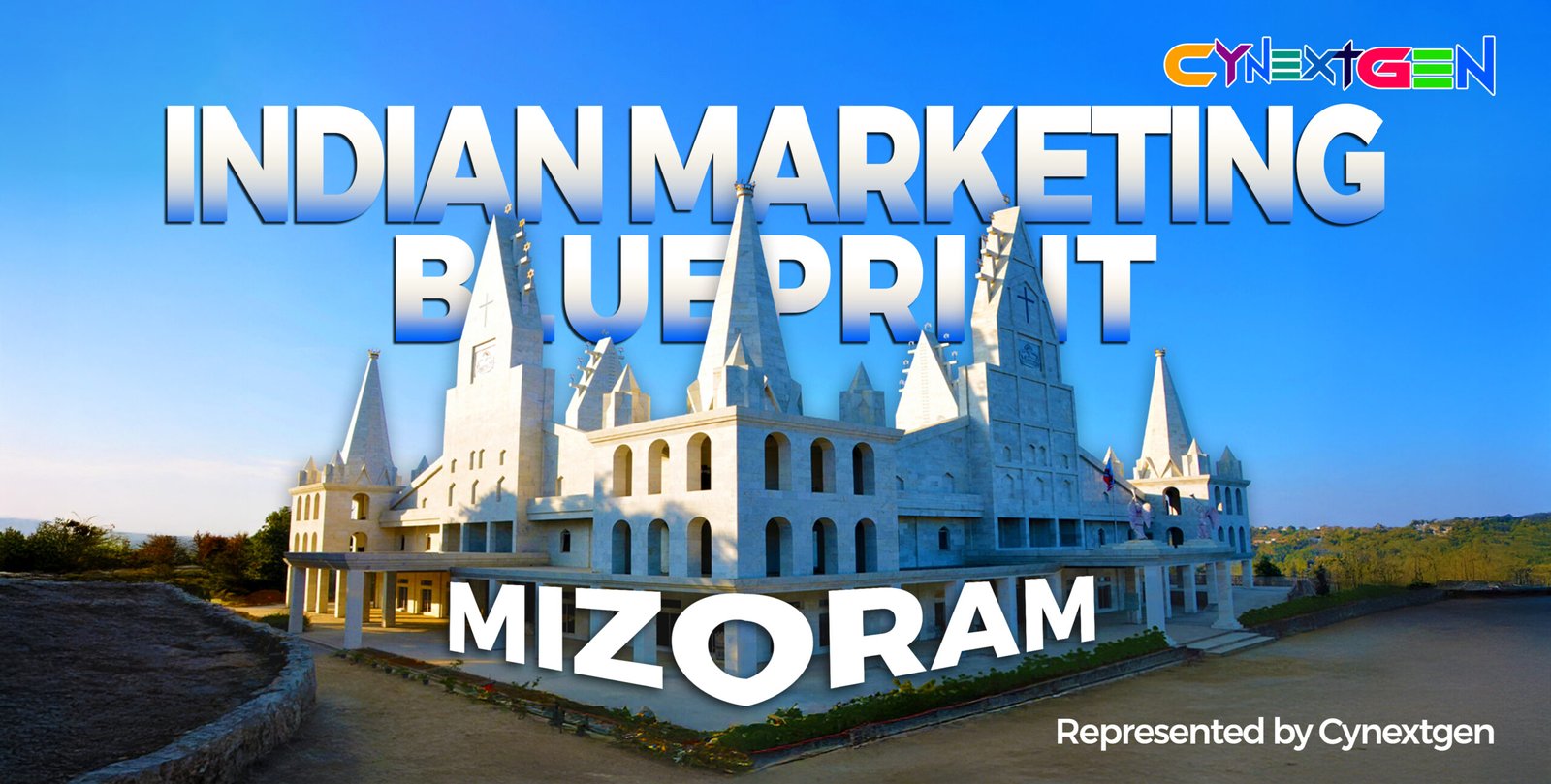
Add Comment